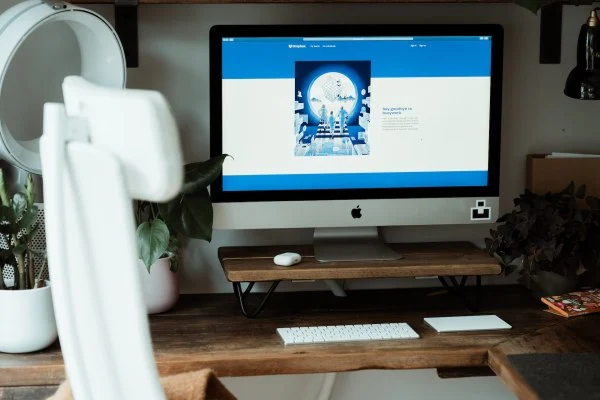There has never been a better time for digital asset storage. Whatever way you choose to store and secure your digital assets, you can expect improved collaboration and better security.
A shared drive is a popular choice when it comes to setting up a system to share, store and edit files. It is a tried and tested way of giving your team a resource in collaborative working and keeping all assets where you can find them.
But is there another option that allows for improved teamwork and wider opportunities for creativity and performance? Read on to discover whether a shared drive or digital asset management system (DAM) is right for your needs.
Put simply, a shared drive is a network space that enables users to access and share files, using any device.
Google Drive is a great example of a popular, shared cloud-based drive that allows for easy file sharing, storage scalability and convenient file synching. It is great for users of Google features as it is connected to other tools in the GSuite such as Google Docs, Gmail, Sheets and Calendar.
Other shared drives include Microsoft’s OneDrive, a cloud-based network that gives users access to shared folders, a place to create and store shared projects and convenient access from all types of devices – such as your laptop, smartphone, PC or iPad.
Digital asset management is a centralised system that stores your digital assets in one location, making it easy to find, share, store and add to files. It provides access to users in a way that encourages and improves team collaboration and gives the internal controls teams need to oversee important projects.
So, DAM has the same goal as a shared drive – to share files and store them securely. But it provides a way to do this efficiently and collaboratively on larger projects and on a much more visual platform.
The answer to this question depends on what you’re looking for. A shared drive could be enough for you if a basic, general cloud-based system is all you need. But if you want a system that gives a wider range of benefits and can improve your digital asset security, then DAM is a great solution.
Let’s have a look at three differences between a shared drive and a DAM system.
If it’s time to update your system to digital asset management, iBase is here to help. Want to find out more about the software and how it can work for you? Arrange a free one-to-one demo by contacting our team.
